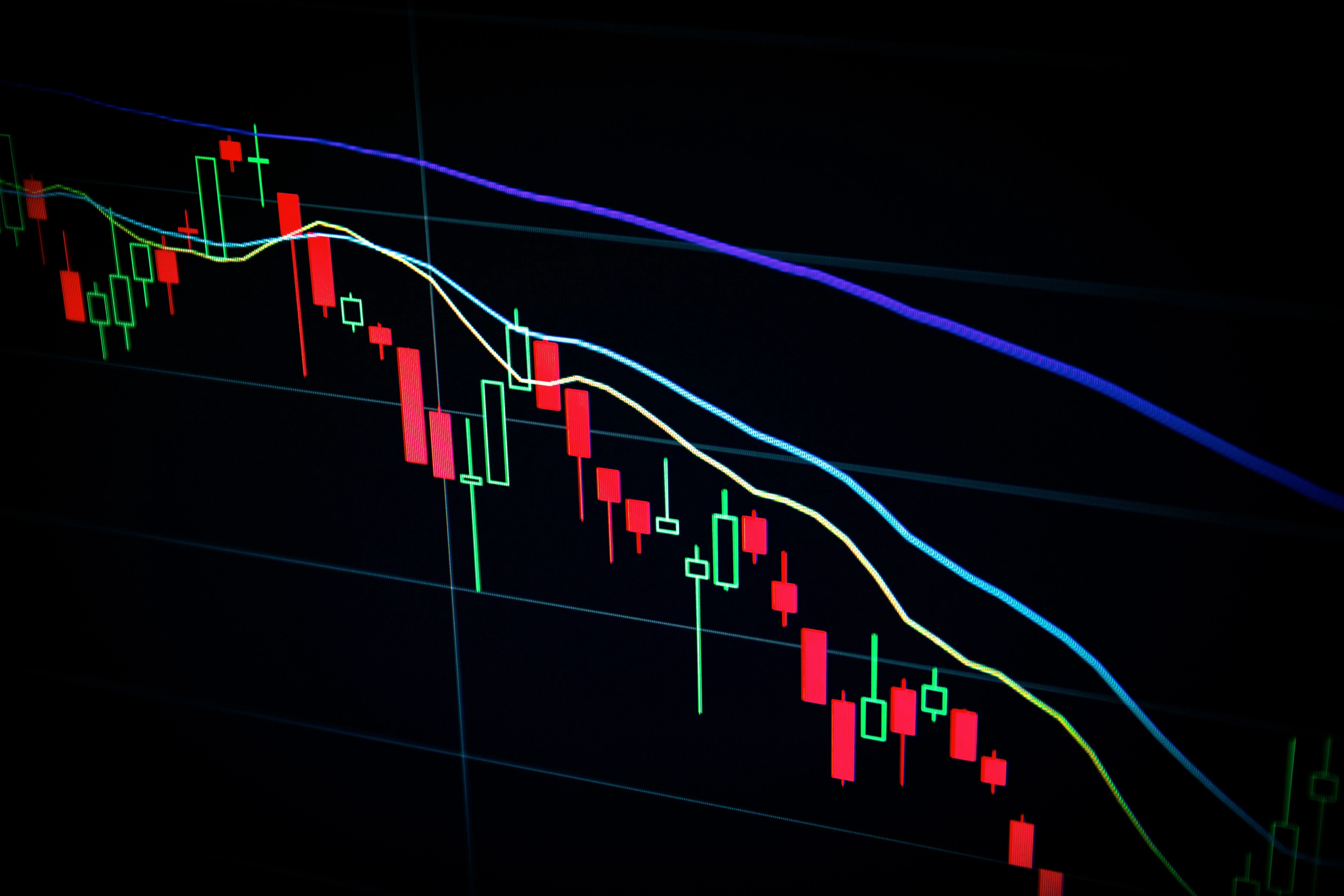Introduction
The Evolving Landscape of AMMs
In the fast-paced world of Decentralized Finance (DeFi), Automated Market Makers (AMMs) have emerged as pivotal players. The continuous evolution of AMMs is largely driven by technological advancements, which are revolutionizing how liquidity is provided and managed. This article explores the cutting-edge tools and technologies that are shaping the future of liquidity provision in AMMs, potentially leading to more efficient markets and innovative strategies.
The Role of Technology in Enhancing Liquidity Provision
Technology plays a crucial role in enhancing the effectiveness of liquidity providers (LPs) in AMMs. From advanced analytics to automation, these technologies not only offer new opportunities for LPs but also contribute to the overall health and efficiency of the DeFi market.
The Current State of AMM Technology
Overview of Existing Tools and Platforms
Currently, AMMs leverage a variety of tools and platforms, ranging from basic liquidity pool interfaces to more complex yield farming aggregators. These tools allow LPs to contribute to liquidity pools, track their investments, and manage risks. However, they often require a degree of manual oversight and are limited by the existing capabilities of blockchain technology and smart contracts.
Limitations and Challenges in Current Systems
Despite their advancements, current AMM technologies face several challenges. Issues such as high gas fees, limited scalability, susceptibility to market volatility, and impermanent loss are common. These limitations highlight the need for more sophisticated solutions to enhance the efficacy of liquidity provision.
Emerging Tools and Technologies
AI and Machine Learning in Market Analysis
Artificial Intelligence (AI) and Machine Learning (ML) are beginning to make inroads into DeFi, offering LPs tools for more effective market analysis and decision-making. These technologies can analyze vast amounts of market data to identify trends, predict market movements, and suggest optimal strategies for liquidity provision.
Blockchain Innovations and Smart Contract Upgrades
Blockchain technology itself is undergoing significant advancements. Innovations such as Layer 2 scaling solutions and improved smart contract capabilities are addressing issues of scalability, speed, and cost. These enhancements are critical in supporting more complex and efficient AMM functionalities.
Impact of Decentralized Finance (DeFi) Integrations
Cross-Chain Functionality and Its Benefits
The integration of cross-chain functionality in AMMs is a major advancement. It allows LPs to tap into liquidity and opportunities across different blockchains, broadening their scope and potential for returns. This cross-chain interoperability is key to creating a more interconnected and efficient DeFi ecosystem.
Integration with Other DeFi Services
AMMs are increasingly integrating with other DeFi services like lending platforms, insurance protocols, and derivative markets. These integrations offer LPs additional avenues to maximize their returns and manage risks, further enhancing the liquidity provision landscape.
Advanced Analytics and Predictive Modeling
Data-Driven Decision Making for LPs
In the realm of AMMs, data is king. Advanced analytics tools provide LPs with real-time data on pool performance, token volatility, and market trends. Utilizing these tools enables LPs to make informed decisions, optimizing their strategies for better yield and risk management. The integration of comprehensive dashboards and analytics platforms into AMM interfaces is transforming how LPs interact with DeFi markets.
Predictive Models in Assessing Pool Performance
Predictive modeling, leveraging historical data and market indicators, can forecast future performance and risks associated with different liquidity pools. These models help LPs in strategizing their investments, whether it's deciding when to enter or exit a pool or determining the optimal asset mix to minimize risks and maximize returns.
Automation in Liquidity Provision
Smart Contracts for Automated Rebalancing
Automation in liquidity provision is a game-changer. Smart contracts can now be programmed to automatically rebalance LPs' investments in response to market shifts. This automation ensures that the LPs’ portfolios remain aligned with their risk appetite and investment goals, without requiring constant manual intervention.
Algorithmic Strategies for Optimal Asset Allocation
The use of algorithmic strategies enables LPs to optimize their asset allocation within pools. These algorithms analyze market conditions and adjust the asset distribution in the liquidity pools accordingly, helping LPs to maintain an ideal position even in volatile market conditions.
Enhancing Security and Transparency
Advanced Security Protocols for AMMs
Security is a top priority in the development of AMM technologies. Advanced security protocols, including multi-signature wallets, automated audits, and enhanced encryption methods, are being integrated to safeguard LPs' assets. These measures not only protect against external threats but also bolster trust in the AMM ecosystem.
Blockchain Auditing and Transparency Measures
Transparency is a cornerstone of blockchain technology. The incorporation of thorough auditing processes and transparent record-keeping enhances the accountability of AMM platforms. These practices ensure that LPs have clear visibility into the operations of the pools, fostering a more secure and reliable investment environment.
The Role of Governance Tokens
Influencing Protocol Development
Governance tokens in AMMs grant LPs a say in the protocol’s development and decision-making processes. Holding these tokens allows LPs to propose and vote on changes, ranging from fee structures to new features. This influence ensures that the platforms evolve in a way that aligns with the interests and needs of the LP community.
Incentivizing Long-Term Liquidity Provision
Many AMMs use governance tokens to incentivize long-term liquidity provision. By rewarding LPs with governance rights, these platforms encourage a more stable and committed pool of liquidity providers. This strategy not only benefits the LPs but also enhances the overall stability and efficiency of the AMM platforms.
Personal Experience Narrative
My Journey with Advanced AMM Tools
My exploration into advanced AMM tools began as a quest to optimize my returns and reduce risks. Utilizing AI-driven analytics and participating in governance through tokens transformed my approach to liquidity provision. These tools allowed me to make more informed decisions and actively contribute to the platforms I was invested in.
Insights and Outcomes
The most significant insight from my experience has been the value of staying ahead in technology adoption. Embracing new tools not only provided me with better returns but also a deeper understanding of the DeFi market dynamics. It's a continual learning process, but one that is essential for any serious liquidity provider.
Future Trends and Predictions
Potential Breakthrough Technologies
Looking ahead, we can expect to see further integration of AI and ML in predictive analytics, more sophisticated automated rebalancing tools, and even deeper cross-chain functionality. These technologies will continue to refine the strategies of LPs and enhance the efficiency of AMMs.
The Future Role of LPs in AMMs
The role of LPs is set to become more dynamic and influential. With advancements in technology, LPs will not only be passive participants but active contributors to the shaping of AMM protocols. Their decisions, powered by advanced tools and technologies, will play a crucial role in the evolution of the DeFi space.
Conclusion
The Impact of Technology on AMM Efficiency
The integration of cutting-edge tools and technologies is set to significantly enhance the efficiency and effectiveness of AMMs. From AI-driven analytics to automated strategies and enhanced security protocols, these advancements are empowering LPs to make smarter, safer, and more profitable decisions.
Future Outlook for Liquidity Providers
The future for LPs in AMMs is bright. With continuous technological advancements, the potential for innovation in liquidity provision strategies is vast. As the DeFi space evolves, so too will the opportunities for LPs to optimize their contributions and impact on the market.
What emerging technologies are shaping the future of AMMs?
Emerging technologies such as Artificial Intelligence (AI), Machine Learning (ML), and blockchain innovations like Layer 2 scaling solutions are significantly shaping the future of AMMs. These technologies enhance market analysis, improve smart contract functionality, and increase the overall efficiency and scalability of AMM platforms.
How do integrations with other DeFi services enhance AMMs?
Integrations with other DeFi services like lending platforms, insurance protocols, and cross-chain functionality enrich the AMM ecosystem. They provide liquidity providers with more opportunities for diversification, risk management, and potentially higher returns, leading to a more robust and interconnected DeFi market.
What role do governance tokens play in liquidity provision?
Governance tokens give liquidity providers a voice in the decision-making process of AMM platforms. Holding these tokens typically allows LPs to propose, vote on changes, and influence the direction of the platform. This can include decisions on fee structures, new features, or protocol upgrades, aligning the platform development with the interests of its users.
Can automation improve liquidity providers' strategies?
Yes, automation plays a crucial role in enhancing liquidity providers’ strategies. Automated rebalancing, algorithmic asset allocation, and smart contract functionalities reduce the need for manual intervention and optimize LPs' positions based on real-time market data. This leads to more efficient and potentially more profitable liquidity provision strategies.
What future trends should LPs watch out for in AMMs?
LPs should keep an eye on advancements in cross-chain technologies, further integration of AI and ML for market prediction and analysis, and the evolution of governance models within AMM platforms. Additionally, regulatory developments and the growing adoption of DeFi in traditional finance are trends that could significantly impact the role and strategies of LPs in AMMs.


